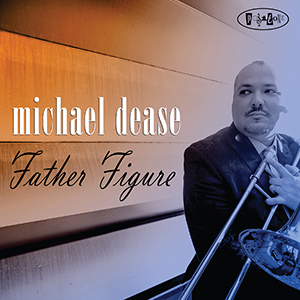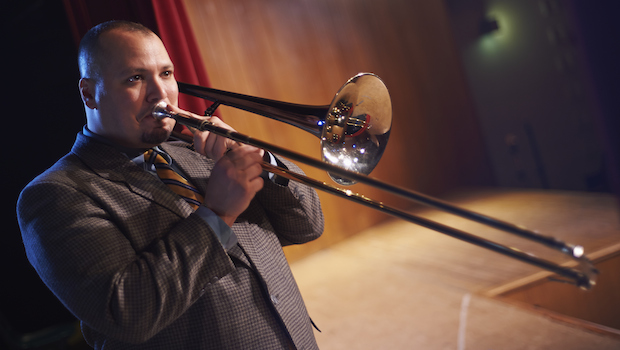 Saxophonist, bass clarinetist, educator, and composer Roxy Coss has a new album, her third as a leader and first for Posi-Tone Records. “Chasing the Unicorn” features six original pieces plus works by Joe Henderson, Wayne Shorter, Lionel Loueke, Lennon & McCartney, and Willie Nelson. With her regular band, composed of Alex Wintz (guitar), Glenn Zaleski (piano), Rick Rosato (bass), and Jimmy Macbride (drums), the sounds explode out of the speakers with great urgency and high spirits.
Saxophonist, bass clarinetist, educator, and composer Roxy Coss has a new album, her third as a leader and first for Posi-Tone Records. “Chasing the Unicorn” features six original pieces plus works by Joe Henderson, Wayne Shorter, Lionel Loueke, Lennon & McCartney, and Willie Nelson. With her regular band, composed of Alex Wintz (guitar), Glenn Zaleski (piano), Rick Rosato (bass), and Jimmy Macbride (drums), the sounds explode out of the speakers with great urgency and high spirits.
The title track opens the album with the leader on soprano sax but also overdubbed tenor sax and bass clarinet. That “full” sound plus strong solos from Ms. Coss, Wintz and Zaleski as well as the intelligent arrangement is rewarding for the listener. The tenor sax leads the way on another original “You’re There“, the music pushed along by Macbride’s active drumming. Ms Coss’s solo rides the percussive wave. Wintz and Zaleski offer good counterpoint as the solo continues. The melody of “Unwavering Optimism” moves upward throughout yet notice the step down as the band moves into the solo section.
“Chasing The Unicorn” follows Ms. Coss’s “Restless Idealism” (Origin Records) release by 15 months yet feels like a giant step in her career. One can hear in the maturity of the compositions, in her development on both the soprano sax and bass clarinet, and her work as a bandleader. This is a group you’ll want to see and hear. Each member plays with strength and intelligence, adding to the songs in many different and often subtle ways. The faces of contemporary music are always changing, more young people are getting involved (even now, at a time when the business end of the “business” can be frustrating), and we are hearing news way to approach both tradition and change. Give a close listen to Roxy Coss and this ensemble.
 A UT student drummer has made his professional debut on a recently released album.
A UT student drummer has made his professional debut on a recently released album.